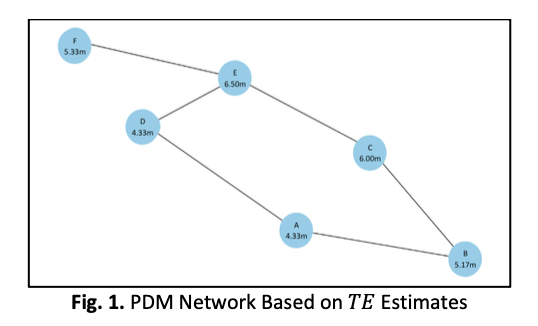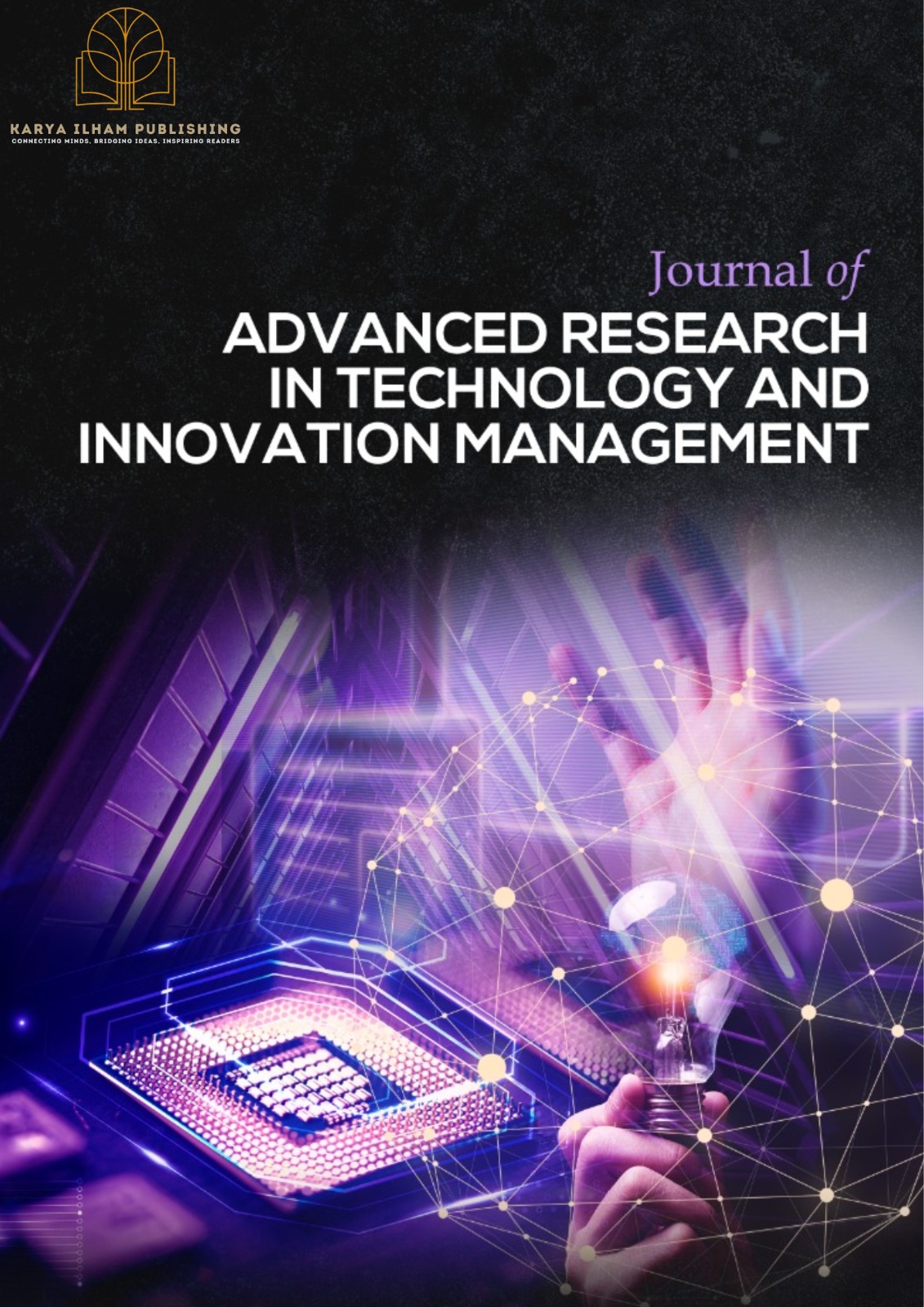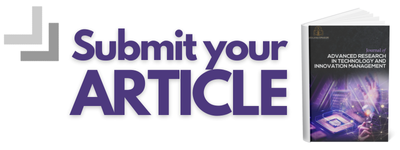Translating Malaysia’s Vision into Action with PERT, PDM and S-Curve Framework for Low-Emission Aircraft
Keywords:
PERT scheduling, Precedence Diagram Method, S‑Curve analysis, low-emission aircraft, Malaysia aerospaceAbstract
Malaysia is accelerating its ambition to lead in low-emission aviation, creating demand for structured planning in aircraft development. This research aims to strengthen early-stage aircraft development strategies in Malaysia by addressing planning weaknesses that often result in delays, cost overruns and weak policy alignment. The study identifies a critical gap where conventional Gantt-based approaches fail to manage high uncertainty in hybrid aircraft development. Such tools typically overlook interdependencies, slack visibility and risk forecasting, leaving project execution vulnerable. To fill this gap, the study proposes a milestone-driven framework integrating three established techniques which are Program Evaluation and Review Technique (PERT) for probabilistic time estimation, Precedence Diagram Method (PDM) for logical task mapping and dependency control and S-Curve analysis for tracking cumulative progress. A simulated hybrid aircraft development timeline was used to test the model’s resilience under real-world deviations. Result demonstrates clear identification of critical paths, effective buffer allocation and proactive deviation management. Compared to static timelines, the integrated model enables dynamic scenario planning, resources flexibility and early risk detection ensuring continuity in iterative development process. The framework is structured around four milestones namely study, design, construction and commercialization. Each embedding risk evaluation and adaptive planning. In conclusion, the framework provides aerospace leaders with disciplined, adaptive tools to manage uncertainty while aligning with the Malaysia Aerospace Industry Blueprint 2030 and national decarbonization goals. Future validation with real project data, certification processes and supply chain integration is recommended to enhance scalability and strengthen Malaysia’s competitiveness in hybrid aviation.










